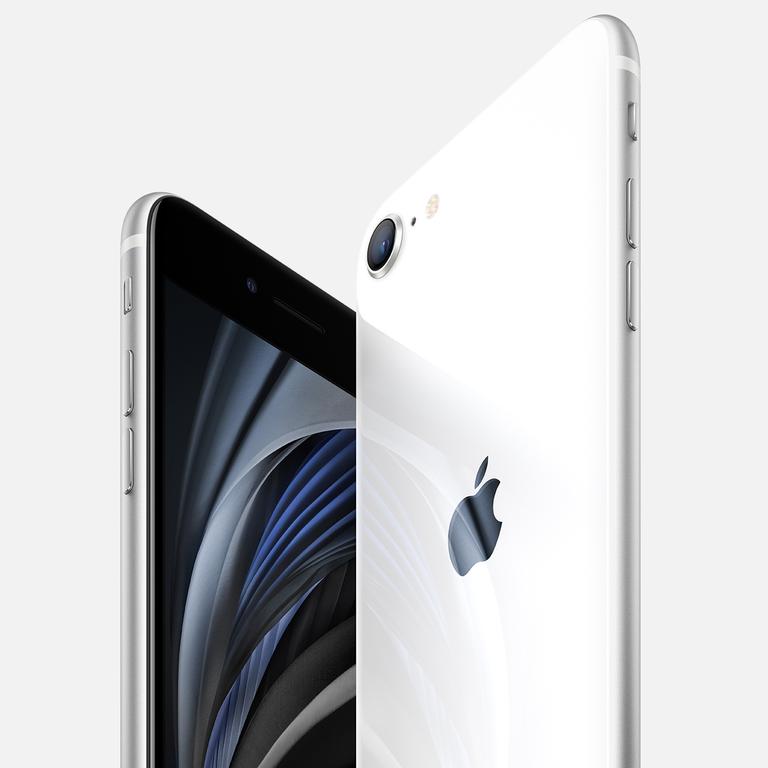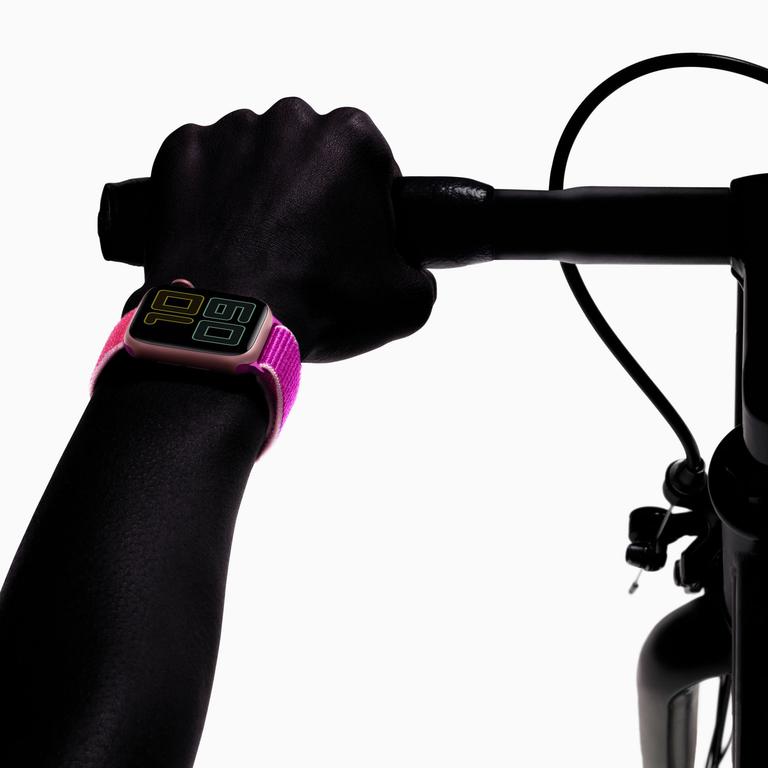iPhone SE Review: Why to buy Apple’s cheaper smartphone
Apple has released an iPhone that’s cheaper than its other devices, so what do you have to give up to save a few hundred dollars?

The midst of a global pandemic taking hundreds of thousands of lives and costing millions more their jobs is a good time for companies to release cheaper versions of their products aimed at customers who are now struggling to afford them.
In Apple’s case, cheaper still means several hundred dollars, with the company’s value focused iPhone SE coming in at a not exactly cheap $749.
This does make it considerably cheaper when compared to Apple’s other phones, but puts it at a price premium against much cheaper Android powered phones.
Luckily for Apple, while the SE might come with a higher price tag than them, it manages to avoid lumbering consumers with the compromises you can expect from a more bargain basement device.
RELATED: Longer wait for the next iPhones

Around half of Australians use an iPhone as their smartphone, and as is the case with Android, many of those users are rusted on devotees who wouldn’t switch sides.
Unlike Android though, the cost of buying an iPhone has never been cheap.
The Google powered operating system powers billions of phones around the globe, made by a huge variety of manufacturers.
Some of them are household names like Samsung who make some of the best phones money can buy, others are brands you’ve never heard of who make phones only desirable for their price.
Only Apple sells the iPhone though, so for devoted iPhone users who are perhaps clinging to an older device on its last legs, the SE provides a slightly cheaper way to upgrade to a more up-to-date model.
Coming from an older iPhone means you won’t miss anything either.
RELATED: How to clean your phone to avoid virus’ spread

The iPhone SE is essentially an iPhone from three years ago that’s been given an under the hood makeover.
Aesthetically the phone is more or less identical to 2017’s iPhone 8.
The Apple logo has been centred and is now the only thing on the rear of the phone.
The back is also made of glass as it was on the 8, which feels nice in the hand and enables support for wireless charging, but makes the phone more fragile and prone to smudges than a metal-backed phone.
The SE has the same 4.7-inch screen with bezels and a physical home button with Touch ID that the iPhone 8 did.
It also has a single-lens camera, but one that has been improved with the same A13 chip that powers the iPhone 11 and 11 Pro, adding computational photography powers you wouldn’t get from an older device.
Apple considers it the best single lens camera system it’s ever made, but it’s not quite as good as the dual-lens and triple-lens cameras on the more expensive phones.
The SE doesn’t have the bigger sensor the pricier phones do, which takes a dent out low light performance.
There’s also no Night mode on the iPhone SE camera, but a version of the popular Portrait mode remains.
The one in the SE relies on that A13 chip’s machine learning capabilities and something Apple calls “smart pixels”, which is a machine learning technique known as semantic rendering which can use artificial intelligence to enhance images based on different elements identified within it.
The SE doesn’t have the depth sensor like the one used for Portrait on more capable iPhones, but the software improvements more or less make up for it.
Video up to 4K and 60fps is supported by optical image stabilisation.
RELATED: ‘Most dangerous’ spot for selfies revealed

The displays of the SE and the iPhone 11 have the same pixel density and contrast ratio, so the only noticeable difference is the bezels at the top and bottom of the iPhone SE’s
The SE would be a useful upgrade for anyone on an iPhone 8 or earlier, and Apple has provided a comparison on its website showing what users on older devices can expect from the upgrade.
Coming from 2016’s first-generation iPhone SE based on the looks of the iPhone 5S and the brains of the iPhone 6S will give you a 2.4 times improvement in CPU and a fourfold improvement in graphics.
It will also stay on for 2.5 times as long by Apple’s calculations.
Against the iPhone 8 whose skin it inhabits, the new SE boasts 1.4 times the processing power, and twice the graphics power as the iPhone 8.
You can also use two numbers in one phone with the SE due to the inclusion of eSIM.
This means you can have separate lines for work and personal calls on the same phone, which is convenient for consumers but does cannibalise the SE’s other potential purpose as a secondary personal phone. Given that loss is Apple’s alone we won’t dwell too much on it.
Apple claims the iPhone SE will be better than any of the non-full screen, Face ID enabled phones, an era that began with 2017’s iPhone X.
The older your current phone is will determine how much better the SE will be, and that, as well as the condition of your existing phone, will probably be the deciding factor in whether or not to upgrade.
RELATED: Bizarre new fix for phone addiction

If you’ve got one of the newer iPhones with full-screen displays, you might notice a performance drop-off if you switch back to the SE, but that’s likely to be less noticeable than the differences in aesthetics and experiences.
Firstly, going back to looking at content on a screen with bezels compared to one that takes up the full face of your phone is an adjustment.
It’s not a deal-breaker obviously, but it is a constant reminder that you’ve taken a step back technologically.
There’s also a high likelihood you’ll find yourself falling back on the gesture navigation system that works excellently on the newer phones and not at all on the iPhone SE.
The first-generation iPhone SE was embraced widely by people who didn’t want or need the cutting edge technology in newer phones and were instead looking to upgrade from an older phone.
That legacy has been carried on in the second-generation iPhone SE, but the Apple ecosystem it grants you entry into has also changed somewhat since the first SE.

Buying an iPhone SE now also gives you the chance to pick up Apple’s accessories that only work at their full potential on its devices, as well as subscribe to Apple services like Music, News+ and iCloud, though you’ll get a year of free TV+ with your purchase.
The ability to turn around and sell you a pair of $249 AirPods or a $649 watch on top of your “cheap” $749 phone could be part of the reason Apple decided to update the iPhone SE, but if those are products you want anyway then can you blame them?
Even if all you want is a cheaper upgrade to your existing iPhone, the SE does a great job at that too.



